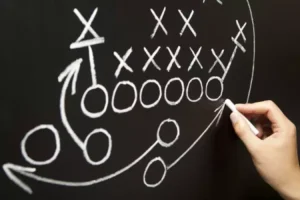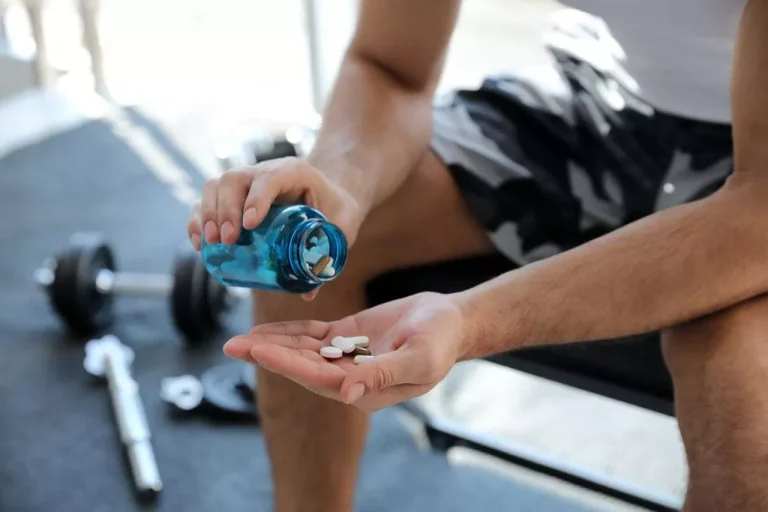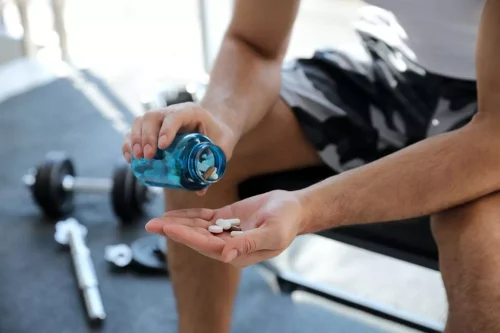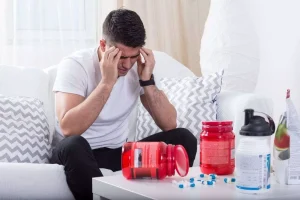
There are many effective treatments for PTSD, yet only 1 in 4 people with PTSD in low- and middle-income countries (LMICs) report seeking any form of treatment (2). Barriers to care include lack of awareness that PTSD can be treated, lack of availability of mental health services, social stigma and lack of trained mental health care providers. People with both conditions often ptsd alcohol blackout report experiences of repeated childhood sexual and physical abuse and have complex treatment needs. CPTSD is a subtype of PTSD that develops in response to prolonged, repeated traumatic experiences, typically lasting months or years. Unfortunately, there may not be much you can do during a PTSD blackout because you won’t have control of your mind or body at the time.

The Art of Saying No: Empowering Your Mental Health
To avoid the increase in PTSD symptoms following a bout of drinking, the patient is caught in a vicious cycle in which he or she must continue to drink to avoid the unpleasant reaction following an alcoholic binge. An opioid antagonist such as a naltrexone would block the endorphin response and reduce the desire for alcohol. In an animal study (Volpicelli et al. 1986), we have shown that the opioid blocker naltrexone can prevent increased alcohol consumption following trauma. Rats will typically increase their alcohol consumption after several days of 1-hour sessions of brief electric footshocks. However, as shown in figure 2, the use of naltrexone effectively blocked the poststress increase in alcohol drinking. Administering naltrexone as part of the treatment for patients with both PTSD and alcoholism may help break the addictive cycle.
Women’s Increased Risk for Trauma-Induced Emotional Distress and Alcoholism
- Other substance use was assessed using items from the National Survey on Drug Use and Health.
- Addressing trauma through various therapeutic approaches, including trauma-focused therapy, EMDR, and motivational interviewing, can effectively reduce PTSD symptoms and substance misuse.
- In other cultures, people with PTSD may more commonly have physical complaints with unclear causes, such as headaches or gastrointestinal symptoms.
- However, it is possible that individuals who have never intended to experience blackout differ from those with any (past or future) blackout intentions.
People seeking co-occurring PTSD and alcoholism treatment need to work with treatment professionals experienced in PTSD and alcohol treatment. The Recovery Village is experienced in treating alcohol and other substance use and co-occurring disorders like PTSD. People with PTSD may also have depressive disorder, anxiety disorders and substance use disorders as well Drug rehabilitation as suicidal thoughts and behaviours. Many of the effects of PTSD (such as physical tension or harmful use of alcohol) are also known risk factors for physical diseases such as cardiovascular disease.
Mental Health Treatment
To begin, two systematic reviews discuss the current state of behavioral (Simpson et al., 2017) and pharmacological (Petrakis & Simpson, 2017) treatments for comorbid AUD/PTSD. We conducted follow-up tests to determine the specificity of alcohol-induced blackouts (relative to other consequences of alcohol use) in moderating PNF effect on alcohol-related outcomes. Because running each item of the BYAACQ as a moderator of intervention effect would inflate Type I error, a random number generator (random.org) was used to identify four additional consequences to examine as moderators of intervention effect. The Daily Drinking Questionnaire (Collins et al., 1985) was used to assess drinking quantity and frequency at baseline and one-month follow-up. After being provided standard drink definitions (e.g., 12oz regular beer, 8–9oz malt liquor, 5oz table wine, 1.5oz 80-proof distilled spirits), participants indicated how many drinks they consumed on each day of a typical week in the past month.

Finally, several studies investigated medications that were hypothesized to treat both AUD and PTSD (e.g., prazosin and aprepitant), with no clear benefit on AUD or PTSD outcomes. A number of factors may have influenced the findings noted in this review, including gender differences, veteran vs. civilian status, and the various behavioral platform employed. In summary, Petrakis and colleagues conclude that clinicians can be reassured that medications that are approved to treat AUD can be used safety and with some efficacy in patients with PTSD, and vice versa. Addressing both disorders, either by pharmacological interventions, behavioral interventions or their combination, is encouraged and likely to yield the most effective outcomes for patients with comorbid AUD/PTSD. For additional review of the two papers addressing behavioral and pharmacological treatments for comorbid SUD and PTSD, refer to Norman and Hamblen =https://ecosoberhouse.com/ (2017).








